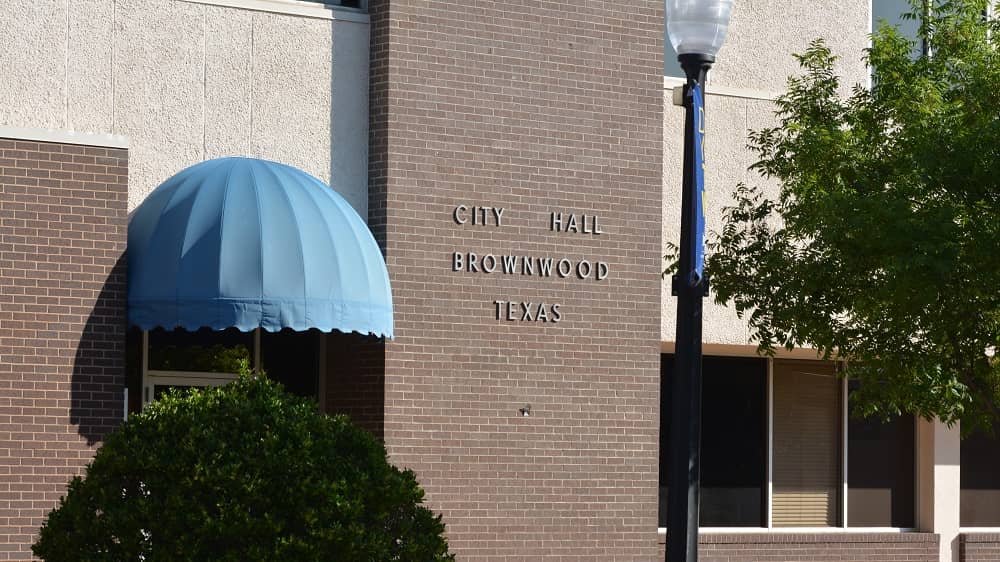
Much of the Brownwood City Council meeting on Tuesday morning was devoted to a discussion about Brownwood’s feral cat population. For 90 minutes, representatives of the Corrine T. Smith Animal Shelter and Council members discussed an increasing number of feral cats.
Speaking on behalf of the CTSAS was Leona Cleveland, director. She was joined by Tami Rodgers with Feral Friday and Monica Frenden of American Pets Alive in Austin.
“I don’t think a person who lives in the city limits who has unwanted cats is being unreasonable in asking us to remove them,” said Brownwood Mayor Stephen Haynes. “When we remove that animal and then it comes back to the same location in a few days, I don’t think we’re addressing that problem.”
Haynes stated during his 11 years as mayor the feral cat problem has increased, and during the last three years – since the CTSAC decision to become a ‘no kill’ shelter – the issues have gotten significantly worse.
Cleveland stated the proper measures were not taken in recent years to help control the feral cat population, and suggested a Trap-Neuter-Release (TNR) program as the solution
“Statistically we are getting more complaints because this situation hasn’t been addressed,” Cleveland said. “If it was addressed three or four years ago, and that program was implemented three of four years ago, we wouldn’t be having this discussion today. Many think euthanasia is the simple answer, but it has been proven nationwide that in the long term it’s more expensive and an insufficient answer. Euthanasia requires continual labor costs, record keeping, a secure location and mostly public support. What Brownwood needs is an effective TNR program complete with public education and public acceptance.”
Rodgers added, “This is becoming the standard for shelters everywhere, and it’s something grant makers look for. They want to see your safe rate. For the shelter to get more funding, this is definitely something they need. What I would like to see happen is for all of us to work together.”
Haynes responded by saying, “Everyone appreciates what you’re trying to do, no one wants to see animals euthanized unnecessarily. The criticism of the program comes back to the release part. So how do we address the citizen who calls and wants a cat removed from their neighborhood and in 10 days the cat’s back in the neighborhood.”
Council member Larry Mathis didn’t oppose the neutering portion of the plan, but also expressed concern about the returns.
“What I would like to hear is other options for releasing them other than back in the neighborhood or explore options that have been used elsewhere so we don’t have to do that if at all possible,” Mathis said. “Secondly, we should look at cities very similar to Brownwood, like Stephenville or Sweetwater, and if there are animal shelters in those cities that are similar to our animal shelter, if they have used this program more than two or three years and if it’s working effectively, I would like to hear from there.”
One possible contingency plan is the Barn Cat program, which CTSAC has just instituted. Cleveland stated she has already received a couple of calls already, but there are not enough requests for barn cats to ultimately solve the problem.
Cleveland added the TNR program would require additional funding, which she is requesting from the city.
“We need funding, we cannot do it on our own,” Cleveland said. “The shelter has applied for grants, and we have a little bit of money coming, we’re hoping to get a larger amount. We’ve applied for the maximum $24,000 that will go directly to spay and neuter money. We can make a lot difference if we get that money. We’ve applied and we should get some, but we may not get all. There is more grant money out there, but the problem is if we are euthanizing cats, that will completely eliminate the ability for us to apply. All of the granters and funders are moving toward a no kill movement. As a shelter, we have to keep our live outcome above 90 percent all year long.”
Council member Ed McMillian, also a member of the board of directors for the animal center, concurred in regard to the shelter needing additional funds – and not just for a potential TNR program.
Cleveland suggested the city absorb 50 percent of the expense for spaying and neutering for the TNR program but didn’t have a firm answer on how much money that would require during Tuesday’s meeting.
Council member Walker Willey said, “On the hand of potentially looking at this for what was mentioned for spaying or neutering, saying we don’t know how many there will be is obviously not an option. We need to have some sort of a cap set for what we would be willing to do and once that money’s gone it’s gone. It’s not unlimited account of ‘here’s a vet, do as many cats as you can in a year and we’ll pay the bill.’ It’s just not going to work that way.”
The discussion and potential action is expected to resume at a future city council meeting, possibly in January.
(story courtesy Derrick Stuckly, Brownwoodnews.com)

